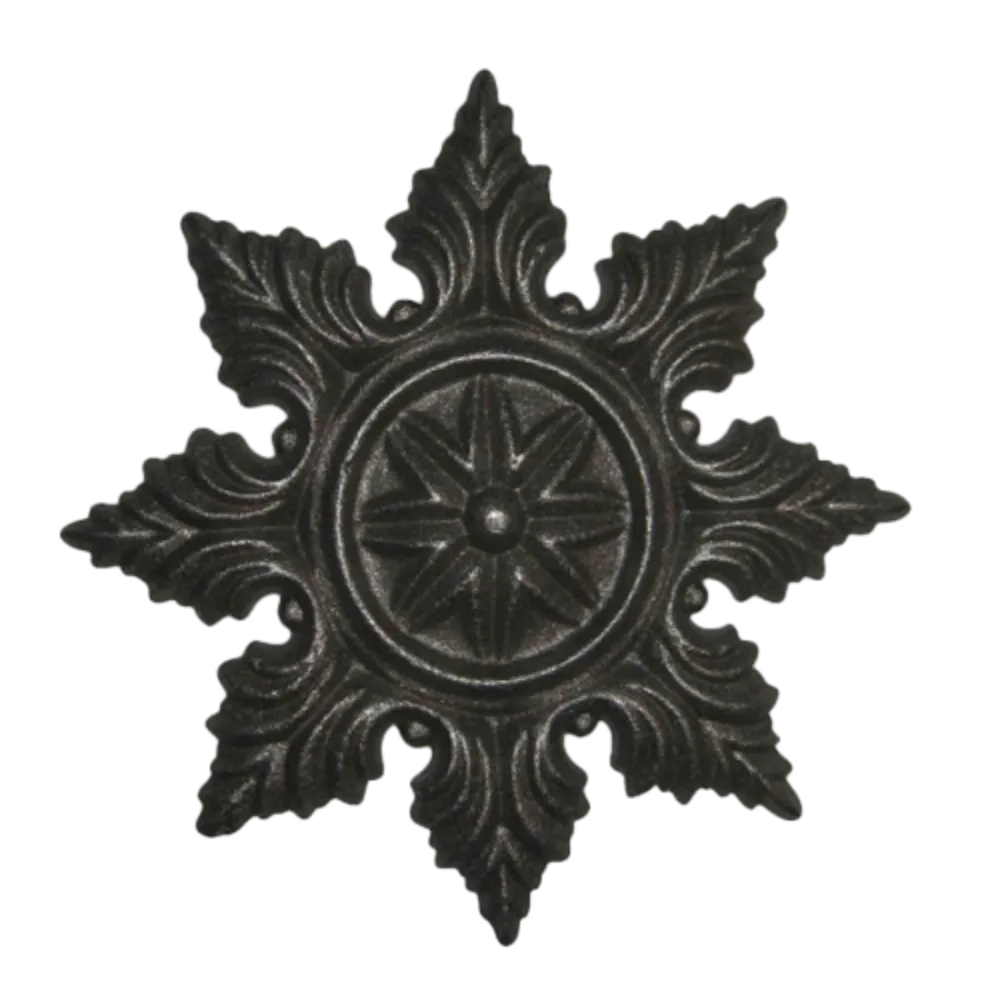iron casting
The Art and Science of Iron Casting
Iron casting is a remarkable process that has been integral to manufacturing and engineering for centuries. This technique, which involves pouring molten iron into molds to create specific shapes and components, has revolutionized various industries by enabling the mass production of complex and durable parts. Understanding iron casting involves exploring its history, process, and modern applications.
Historical Context
The origins of iron casting can be traced back to ancient civilizations. The Chinese were among the first to utilize iron casting techniques around 500 BC, creating agricultural tools and weapons that were far superior to their bronze counterparts. As production methods evolved over the centuries, the development of the blast furnace in the Middle Ages allowed for higher temperatures and larger-scale production. This innovation significantly expanded the possibilities of iron casting, leading to the creation of larger components such as cannon and architectural elements.
By the Industrial Revolution, iron casting had become a fundamental part of the manufacturing process in Europe and America. The need for strong and reliable materials for machinery and construction drove innovations in casting techniques, resulting in the mass production of cast iron products. Today, iron casting remains essential in industries ranging from automotive to aerospace, proving that this age-old technique can adapt and thrive in the modern world.
The Iron Casting Process
The iron casting process involves several crucial steps, each vital to ensuring the production of high-quality components
1. Pattern Making The first step is creating a pattern, which serves as a replica of the final product. Patterns are usually made from materials such as wood, metal, or plastic. They must account for shrinkage, as the molten iron will contract as it cools.
2. Mold Creation Once the pattern is ready, it is used to create molds, typically made from sand, a key ingredient in the casting process. Molds can be classified as either expendable (used once) or permanent. The choice of mold affects the final product's surface quality and dimensional accuracy.
3. Melting the Iron The next step involves melting the iron in a furnace. This molten iron can be alloyed with other materials to enhance its properties, allowing for the creation of various grades of cast iron, tailored for specific applications.
iron casting

4. Pouring Once the iron reaches the appropriate temperature, it is carefully poured into the prepared molds. This stage requires precision and control to avoid defects such as air pockets or misfills.
5. Cooling and Solidification After pouring, the molten iron must cool and solidify. Cooling time will depend on the size and complexity of the casting. Once cooled, the mold is broken away, revealing the cast iron product.
6. Finishing The final step involves machining and finishing the cast piece to meet specific tolerances and surface finishes. This can include grinding, polishing, or coating to enhance durability and resistance to corrosion.
Modern Applications of Iron Casting
With advancements in technology, the applications of iron casting have expanded significantly. Cast iron remains a preferred material in many industries due to its strength, durability, and ability to withstand high temperatures.
In the automotive industry, cast iron is commonly used for engine blocks, cylinder heads, and exhaust manifolds. Its excellent wear resistance and thermal conductivity make it an ideal choice for these components, contributing to the efficiency and longevity of vehicles.
In construction and infrastructure, cast iron is utilized for piping, grates, and decorative elements, offering both functional and aesthetic benefits. Its ability to resist corrosion makes it suitable for various environmental conditions, ensuring longevity and reducing maintenance costs.
Furthermore, with the rise of 3D printing technologies, the future of iron casting appears bright. Innovations like additive manufacturing are being explored to enhance pattern-making and mold creation, leading to even more precise and complex designs. This synergy of traditional and modern techniques may redefine the boundaries of iron casting in the years to come.
Conclusion
Iron casting is a blend of art and science, rooted in history yet continually evolving with technology. Its ability to produce strong, intricate components has made it a cornerstone of modern manufacturing. As industries continue to advance, iron casting will likely adapt and thrive, ensuring its place as a vital process for generations to come.
-
Wrought Iron Components: Timeless Elegance and Structural StrengthNewsJul.28,2025
-
Window Hardware Essentials: Rollers, Handles, and Locking SolutionsNewsJul.28,2025
-
Small Agricultural Processing Machines: Corn Threshers, Cassava Chippers, Grain Peelers & Chaff CuttersNewsJul.28,2025
-
Sliding Rollers: Smooth, Silent, and Built to LastNewsJul.28,2025
-
Cast Iron Stoves: Timeless Heating with Modern EfficiencyNewsJul.28,2025
-
Cast Iron Pipe and Fitting: Durable, Fire-Resistant Solutions for Plumbing and DrainageNewsJul.28,2025
-
 Wrought Iron Components: Timeless Elegance and Structural StrengthJul-28-2025Wrought Iron Components: Timeless Elegance and Structural Strength
Wrought Iron Components: Timeless Elegance and Structural StrengthJul-28-2025Wrought Iron Components: Timeless Elegance and Structural Strength -
 Window Hardware Essentials: Rollers, Handles, and Locking SolutionsJul-28-2025Window Hardware Essentials: Rollers, Handles, and Locking Solutions
Window Hardware Essentials: Rollers, Handles, and Locking SolutionsJul-28-2025Window Hardware Essentials: Rollers, Handles, and Locking Solutions -
 Small Agricultural Processing Machines: Corn Threshers, Cassava Chippers, Grain Peelers & Chaff CuttersJul-28-2025Small Agricultural Processing Machines: Corn Threshers, Cassava Chippers, Grain Peelers & Chaff Cutters
Small Agricultural Processing Machines: Corn Threshers, Cassava Chippers, Grain Peelers & Chaff CuttersJul-28-2025Small Agricultural Processing Machines: Corn Threshers, Cassava Chippers, Grain Peelers & Chaff Cutters












